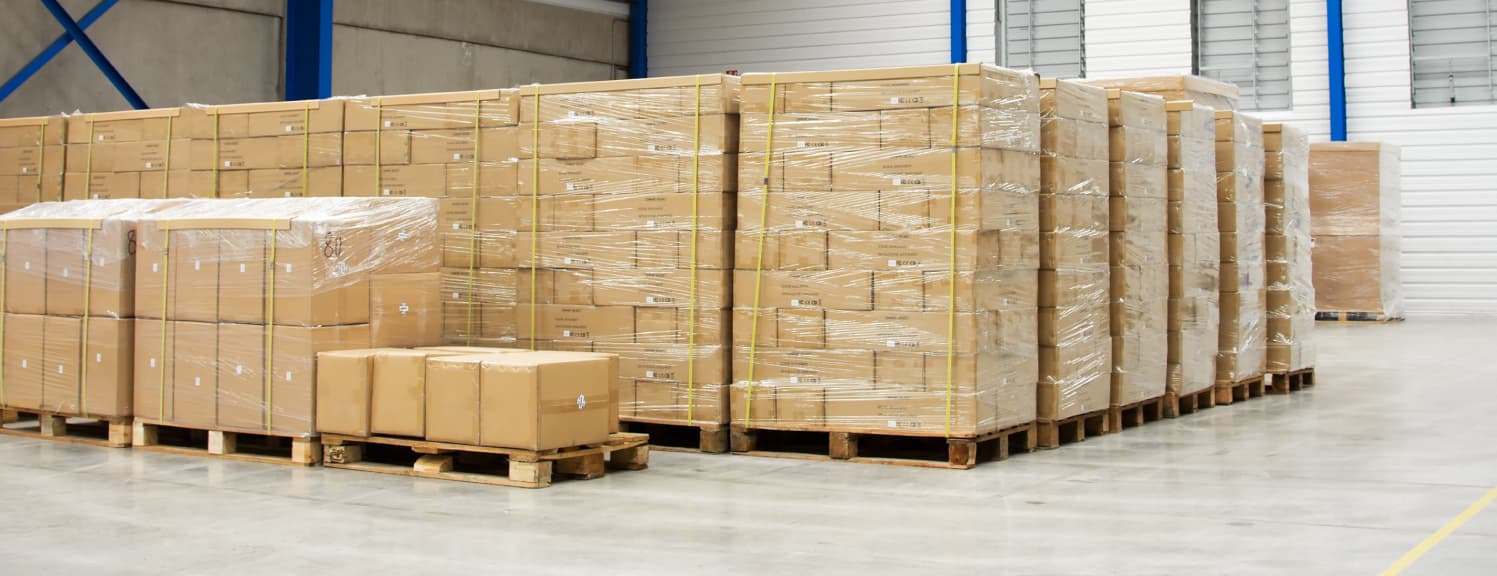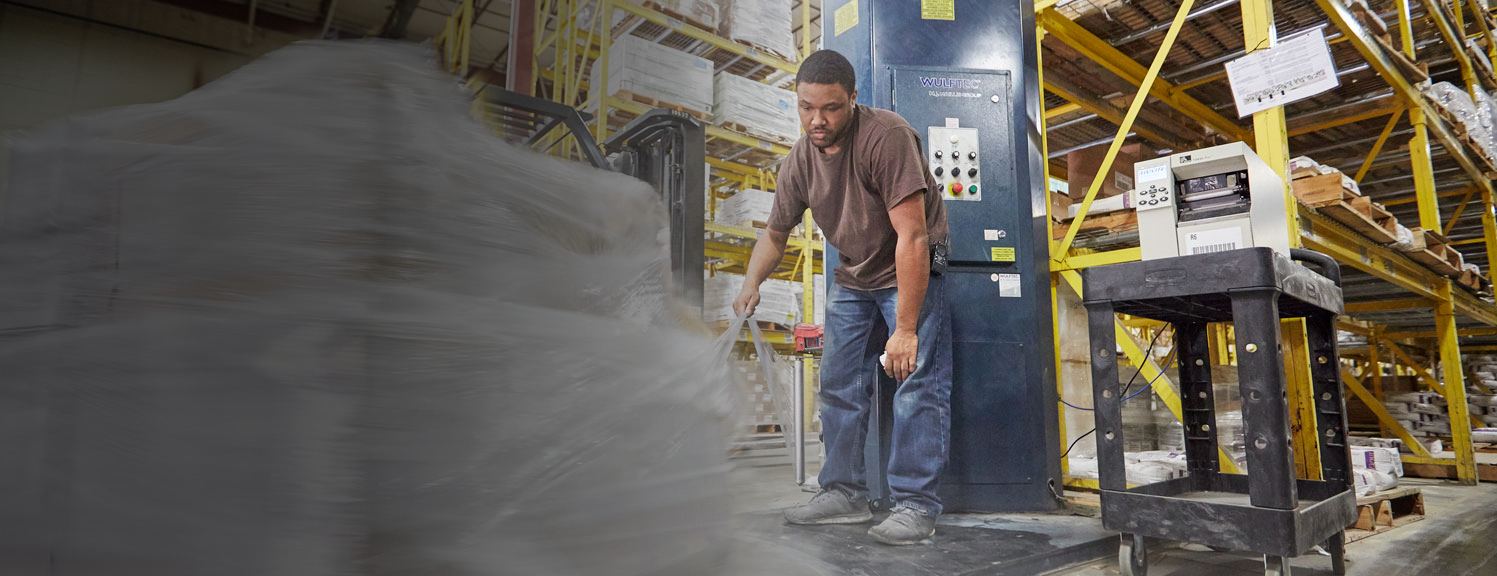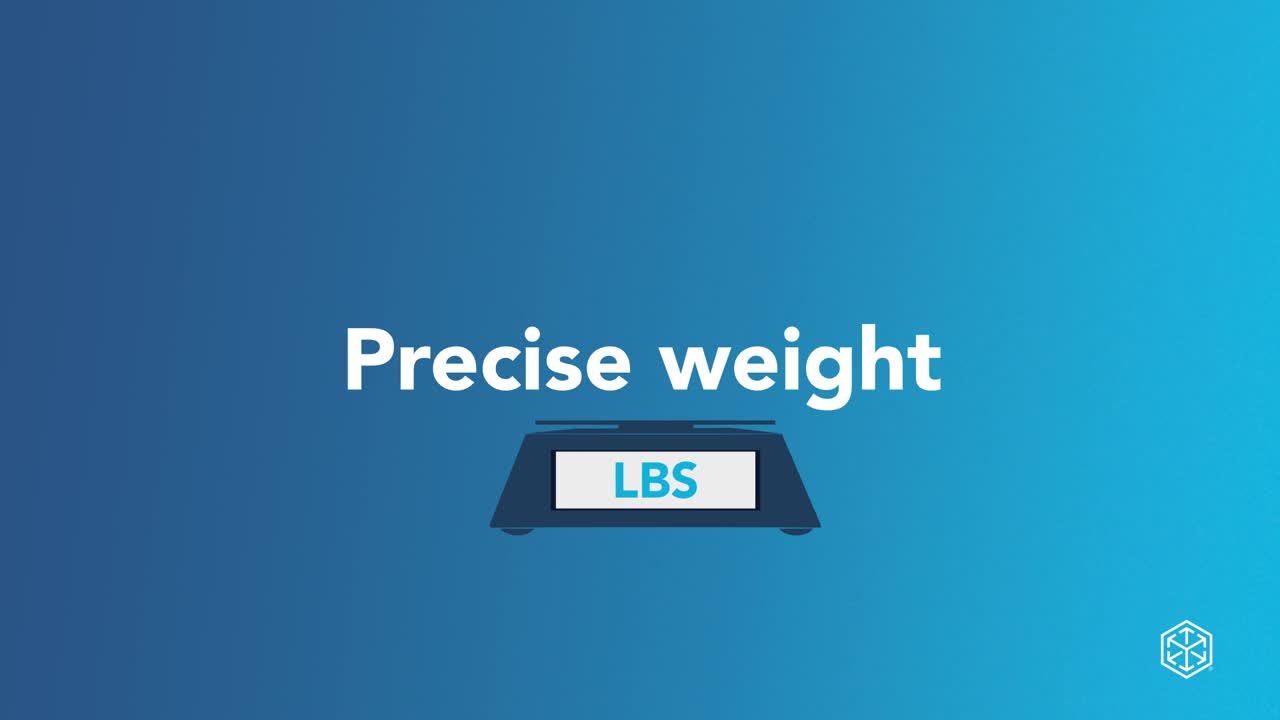What is freight shipping: A complete guide
Our freight shipping guide offers easy to follow directions and tips to help you successfully ship freight. Start with the shipping basics to get a handle on terminology then work your way to expert advice where you'll get tips from freight professionals, including how to avoid price adjustments.
Quickly jump to the topics that interest you

How to ship freight: The basics
Freight shipping can be a complex process with many moving pieces. You'll want to be familiar with the basics of freight shipping to ensure your shipments are delivered safely and efficiently. Understanding the best way to ship freight starts with these freight shipping basics:
1. Learn freight transportation and logistics terminology
Familiarize yourself with the most common terms and phrases found in freight shipping. Our glossary of freight terms and logistics industry lingo is a great place to start.
2. Choose the right freight carrier
Whenever you’re shipping freight, be sure to select a freight carrier tthat can handle your specific shipping needs. Factors to consider include the carrier's service capabilities, network coverage, reliability, pricing, and any special requirements for your shipments.
Carrier reviews can also help you make an informed decision when selecting a carrier for your shipments.
Watch the video below to get quick tips on selecting a carrier that's fits your needs.

3. Prepare required shipping documentation properly
When shipping freight, documentation may include a bill of lading, commercial invoices, packing lists, and if your shipment involves international transportation, customs-related documents. The information contained in these types of freight paperwork can help ensure compliance with regulations, facilitate customs clearance, and provide important details about the goods being shipped.
Discover more freight shipping basics with these related articles

How to ship freight: Packaging and labeling
The importance of freight packaging cannot be overstated. Properly packaged freight is essential for ensuring the safe and timely delivery of goods. Improper packing can result in damaged or lost inventory—not to mention unhappy customers.
An introduction to freight packaging
Your choice of packaging depends on the nature of the cargo, its fragility, weight, dimensions, and the mode of transportation. Here are some common types of freight packaging:
- Boxes and cartons: Boxes are the most common type of freight packaging. They are made from a variety of materials, including cardboard, wood, and plastic.
- Pallets: Pallets are wood or plastic platforms used to stack and transport goods. They provide stability and ease of handling, particularly for large or heavy shipments. Palletized goods are often secured with stretch wrap or strapping to keep them stable while in transit.
- Crates or cases: Crates are used to transport fragile or delicate items such as industrial machinery, or artwork. They are often made from wood and are designed to provide extra protection for more sensitive freight.
- Drums or barrels: These cylindrical containers are typically made of steel, plastic, or fiberboard. They are commonly used for shipping liquids, chemicals, or bulk goods. Drums and barrels often have secure closures to prevent leakage.
- Shipping containers: Shipping containers are large, standardized metal containers used for intermodal or rail transportation. They come in different sizes and provide secure and weather-resistant packaging for a wide range of goods.
In addition to the packaging materials themselves, it's essential to use proper cushioning, dunnage, and protective materials like bubble wrap, foam, or air pillows to prevent damage caused by shocks, vibrations, or impacts that occur during transit.
Once you've selected the appropriate packaging materials and secured the items inside containers or pallets, you will finish by labeling them. For clear and easy labeling when using pallets, print the pallet labels provided to you after booking and attach to each pallet or package in your shipment.

5 steps to proper packaging
Use this freight packaging checklist to help ensure your freight is properly protected so it arrives safely:
- 1. Use the correct amount of packaging material.
- 2. Use the right type of packaging for the goods being shipped.
- 3. Pack the goods securely to prevent shifting or moving during transit.
- 4. Label clearly with the destination, contents, and special handling instructions.
- 5. Inspect the packaging before it is shipped to make sure it is secure and in good condition.
By following these tips, you can help to ensure that your freight is properly packaged and that it arrives at its destination safely and intact.
Become a freight packaging pro

How to ship freight: Calculating freight class and density
How to ship freight: Calculating freight class and density a freight class calculator. These handy tools help you know what to expect when it’s time to ship. Freight dimension and weight inaccuracies can result in additional, unexpected carrier fees, so the more accurate you are with your freight’s dimensions at quoting, the more money you’ll save.
Our easy-to-use calculator walks you through every detail needed. The result? The most accurate quote possible. Simply enter your freight’s dimensions and weight, then it does the rest.
Need help determining the weight of your shipment? Get creative ideas for calculating weight without a freight scale in the video below.

Dig deeper into the intricacies of freight class and density
How to ship freight: Expert advice
Get answers to your freight shipping questions
When you need assistance, trust our skilled freight experts to help. As a leading expert in the freight shipping industry, we know what it takes to help you ship quickly, safely, and cost-effectively.

